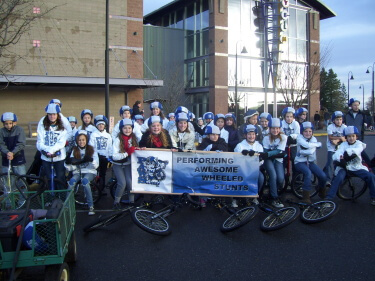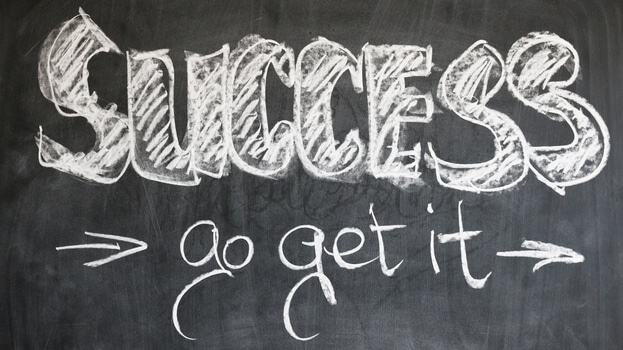“Believing we can improve schooling with more tests is like believing you can make yourself grow taller by measuring your height” (Robert Schaeffer).
Physical education teachers juggle their time between instructing, assessing skills and fitness levels, managing space, organizing equipment, monitoring behaviors, and much more. I confess I’m confused and frustrated. As educators shouldn’t our main focus be on addressing the students’ current needs and serving as a resource to their future learning rather than constantly testing? In my experience the teachers that end up being more of an influence on students’ pursuit of lifelong fitness are the ones who devote huge amounts of time creating additional physical activity opportunities and experiences in and beyond the school community.

When I was in elementary school, my PE teacher offered softball practice after school hours to students who were interested in extra physical activity. I used these skills later in adult league games. Our classes were also offered swimming at Timberline High School located across the road. Mr. Myers created additional chances for his students to improve important life skills. His focus was more on giving opportunities rather than assessments.
